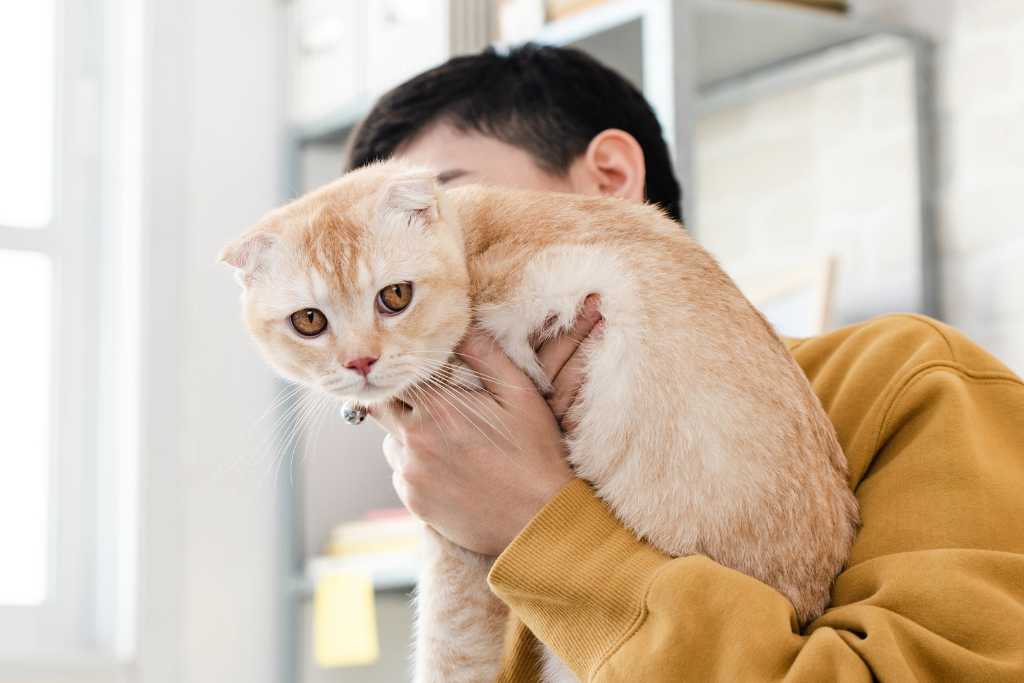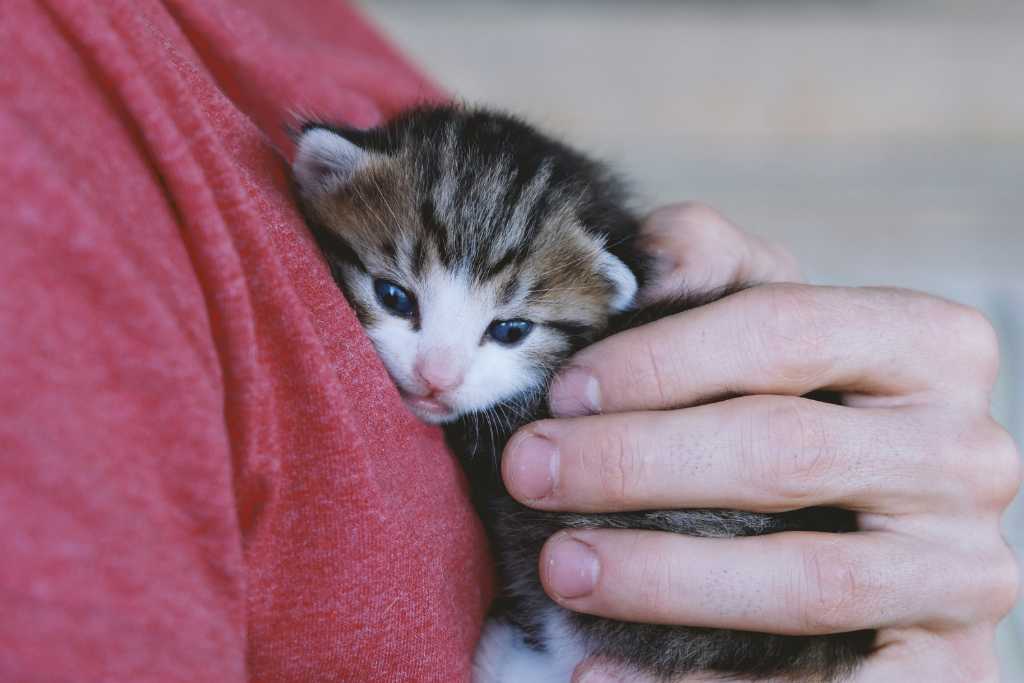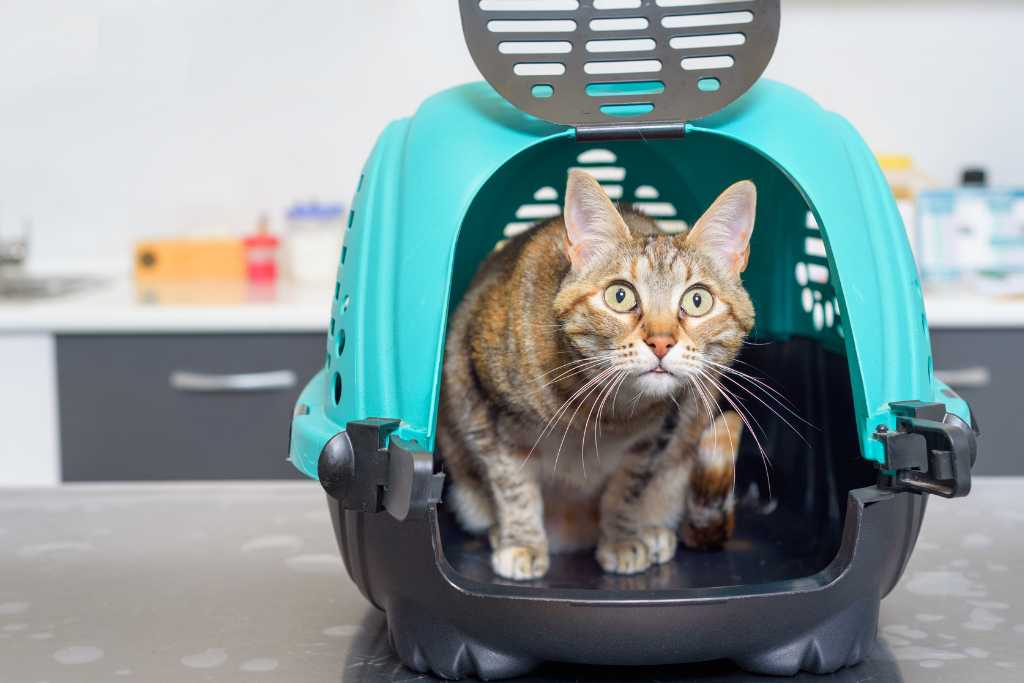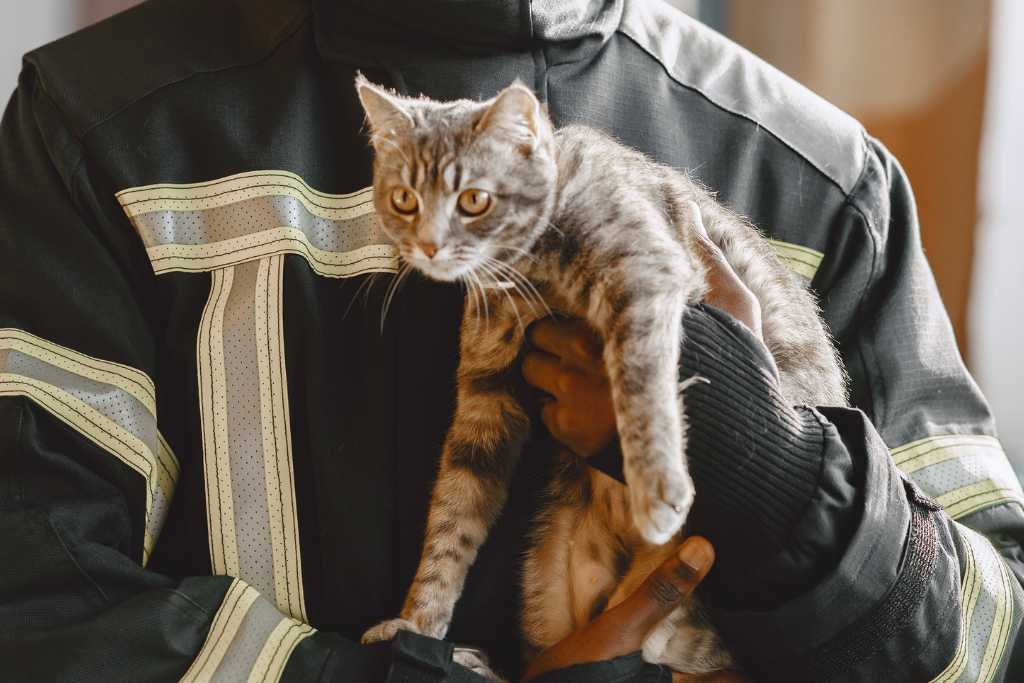$59.00
AWAY FROM FREE SHIPPINGNICE. SHIPPING IS ON US!
$120.00
AWAY FROM FREE GIFTCHOOSE A FREE GIFT DURING CHECKOUT!
YOUR CART IS EMPTY. SHOP NOW.
Proper cat handling is a vital aspect of responsible pet ownership, ensuring the safety, trust, and well-being of our feline companions. Let’s look into the importance of proper cat handling, and learn how to pick up both kittens and adult cats with care and confidence. We will also address the distinct challenges that arise when handling aggressive or injured cats.

Proper cat handling promotes the safety of both humans and cats. By handling cats correctly, we reduce the risk of scratches, bites, and accidental injuries. It helps build trust and strengthen the bond between humans and cats. Gentle and respectful handling fosters a positive relationship, enhancing their overall well-being. Additionally, proper handling techniques allow us to provide necessary care, such as grooming or administering medication, without causing distress to the cat. Lastly, understanding and practising proper cat handling is crucial when encountering unique situations, such as dealing with fearful or injured cats. Fearful or injured cats can behave unpredictably and caution must be taken to avoid further distress or injury to the cat.
Learning how to pick up a kitten safely and carefully is very important. Kittens should be taught to be held early on, so they'll be easier to handle as adults. Handling kittens do require special care due to their delicate size and vulnerability.
Handling newborn kittens
Unless absolutely necessary, refrain from handling newborn kittens until they're at least two weeks old. The mother cat will be extra protective up until this age and the kittens are also more susceptible to infection and disease. If you have to handle the kittens before this age, always wash your hands before and after handling the kittens or wear gloves. Pay close attention to the mother’s body language before picking up the kittens. Even when you know a cat well, you can expect a mother to be protective of her babies. For kittens older than 2 weeks old, follow these steps below:
Create a calm environment
Make sure your kitten is relaxed before picking it up. Ensure a quiet, safe space without distractions or sudden noises that could startle the kitten.
Approach slowly and gently
Extend your hand and allow the kitten to sniff and become familiar with your scent. Speak softly to reassure them.
Support the body
Place one hand under the kitten's chest, while the other hand supports the hindquarters. Lift gently, ensuring their body is fully supported to avoid strain or discomfort. The kitten’s legs should never dangle, as this can make her feel unsupported and unsafe. After you've lifted the kitten off the ground with both hands, pull the kitten close to your body. This will help the cat feel more secure.
Keep a secure grip
Maintain a firm yet gentle hold, keeping the kitten close to your body to provide a sense of security.
Interact with care
Allow the kitten to adjust and become comfortable with being held. Keep handling sessions short initially, gradually increasing the duration as they become more familiar and at ease. Make sure to pet and soothe the kitten throughout the process. You want the kitten to have a good experience being held, as it's important for the socialisation process. Expect the kitten to be a little nervous the first time being picked up, so be prepared for some wriggling and scratching.

Handling adult cats requires understanding their preferences and establishing trust.
Approach calmly
Approach the cat slowly, using a relaxed posture and a gentle tone of voice. Allow the cat to observe and become comfortable with your presence.
Respect personal space
Give the cat the opportunity to initiate contact. Extend your hand for them to sniff and rub against if they choose to do so.
Use proper lifting technique
Place one hand under the cat's chest, while the other hand supports the hindquarters. Lift gently, ensuring the cat feels secure and supported throughout the process. Again, a cat's legs should never dangle, as this can make her feel unsupported and unsafe. If the cat feels insecure, she may squirm, wiggle and scratch. After you've lifted the cat off the ground with both hands, pull the cat close to your body. This will help the cat feel secure.
Be mindful of body language
Watch for signs of discomfort or stress, such as flattened ears, dilated pupils, or attempts to move away. If the cat shows signs of distress, calmly release them and give them space.
Gradually increase handling
Start with short handling sessions, gradually increasing the duration as the cat becomes more comfortable. Offer praise, treats, or playtime after positive handling experiences to reinforce trust and positive associations.

Handling a fearful or injured cat requires caution and, in some cases, professional assistance. A fearful cat or a cat in pain can turn aggressive.
Assess the situation
Prioritise safety and avoid putting yourself or others at risk. If the cat is displaying aggression due to fear or pain, consider seeking help from a professional before handling the cat to avoid aggravating the situation.
Minimise stressors
Reduce external stimuli that may exacerbate the cat's aggression. Depending on the situation and the surrounding that the cat is in, external stressors could be from other pets, children, loud music and noises. Create a calm and quiet environment to help them feel more secure.
Approach with caution
Use slow movements and avoid sudden gestures or direct eye contact. Wear protective gloves if necessary to prevent injury to yourself or the cat.
Use a carrier or towel
For an aggressive cat, gently place a carrier or a towel over them to provide a sense of security and to minimise the risk of bites or scratches. Use a cat carrier with top opening lids like this Stefanplast Gulliver 1 Cat Carrier to minimise movement and safely transport an injured or fearful cat to the veterinary clinic.
Seek professional assistance
If the cat's aggression persists or if you are dealing with an injured cat, consult a veterinarian for guidance. They can provide specific strategies and techniques to safely handle and address the cat's behaviour or medical needs.

Use positive reinforcement
You want your kitten to know it needs to behave when being held. Cats and kittens don't take well to scolding, so do not yell or hit your kitten for squirming. Positive reinforcement is much more efficient. Reward her with a chicken giblet treat after each hold. Some cats are not food motivated, so reward them with petting or play. Interactive cat toys like this chase toy - Kong Crinkle Fish With Feathers Cat Toy or this laser wand toy - Kong Laser Teaser Wand Cat Toy can be particularly rewarding. Cats are natural hunters, and interactive play mimics their hunting instincts, making it an excellent reward for them.
Address biting appropriately
Many kittens do not know good boundaries. They may bite or scratch when being held. This is not always aggressive. Kittens may bite or scratch as a form of play. However, the behaviour needs to be addressed. You do not want a kitten to learn to bite as an adult. As scolding does not work, simply ignoring the behaviour is best. If your kitten bites or scratches when you attempt to pet or hold it, ignore it for a few minutes. Then, try again. Only give your kitten attention when it stops biting and scratching.
Some cats dislike being held because they associate it with other things they dislike. This association may make your cat resist being picked up or held. Observe his behaviour and try to identify the stressor. It could be that your cat is overly anxious about being held in certain ways or situations. For example, some cats are happy when you lift them from underneath, with your arms linked together to form a cradle of sorts, while others prefer to have their chest held against your body, with their front paws resting on your shoulders.
Some cats become anxious when picked up by certain individuals. It’s important to identify the triggers and address them accordingly. If however, you notice your cat exhibiting various symptoms of cat anxiety like destructive behaviour, failing to use the litter box, and change in mood and appetite, it’s time to see your veterinarian. Sometimes, using a calming supplement like this Kin+Kind Healthy Calm Dogs & Cats Supplement may help but always seek advice from your veterinarian.

Proper cat handling is crucial for ensuring the safety, trust, and well-being of our feline companions. By following the guidelines outlined in this comprehensive guide, you can confidently handle kittens, adult cats, and even challenging situations involving aggressive or injured cats. Remember to prioritise safety, approach with patience and respect, and seek professional assistance when needed. Through proper cat handling, we can build strong bonds, provide necessary care, and create a harmonious environment that promotes the happiness and health of our beloved feline friends.

Comments will be approved before showing up.



